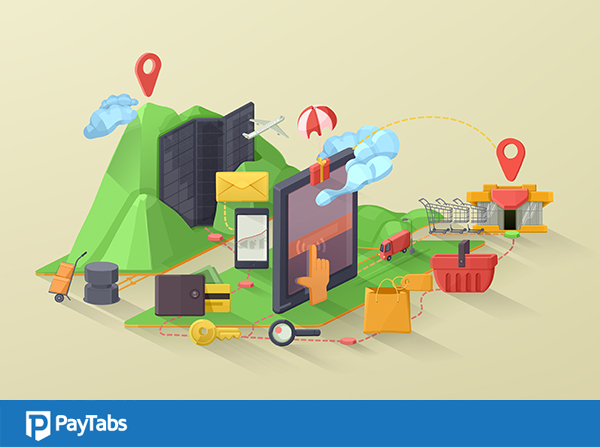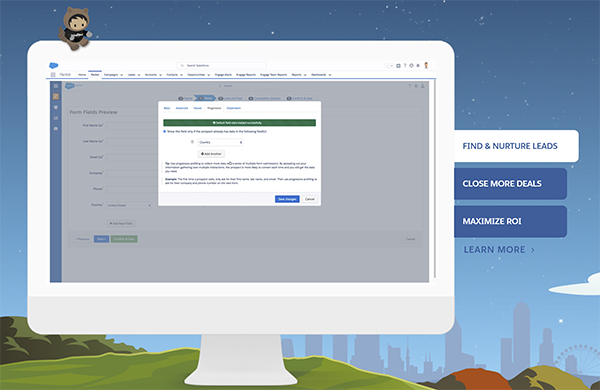Changes in the E-Commerce Landscape That Could Affect Your Business

It is no news that merchants have been making the most of the e-commerce boom for quite some time now. Most businesses these days sell products as well as services online, to customers sitting in far-flung parts of the world. While the internet has opened up a whole new world of opportunities to merchants, there are certain things you should focus on if you wish to thrive as a virtual business. As the e-commerce landscape is constantly changing, if you want to stay ahead of competition, here are the things you should keep in mind:
Offering multiple payment options
If a shopper visits your website, likes a product, clicks to buy, but sees that you only accept credit cards, he or she might abandon the cart. This is because they were probably looking to use their e-wallet. Naturally, you will lose valuable customers this way. Luckily, these days, there are payment gateways like PayTabs that allow merchants to accept many different currencies and multiple payment options like Visa, MasterCard, Union Pay, WeChat Pay, American Express, Sadad and more. Hence, as a business, you have a better chance to convert potential shoppers into actual ones if you offer more payment choices by adopting these gateways.
Make social media work for you
Social media platforms like Facebook and Twitter have become smart ways to advertise products online as well. Hence, businesses of all sizes have the scope to compete and connect with customers and turn them into loyalists. So, you should focus on social media marketing, create engaging posts, and interact with potential shoppers to build trust and confidence. Remember to accept both positive and negative reviews to get better.
Go mobile or get wiped out!
More and more online shoppers are using their mobile devices or smartphones to make purchases these days, be it a pizza or a gold ring! It is expected that by 2019, sales through tablets and smartphones can be as much as $150 billion. So you see how important it is to make your e-store mobile friendly. Or, you will lose out on sales. Adopting a payment gateway like PayTabs is also essential to make the payment process seamless and easy on mobiles.
Don’t ignore Omni-channel marketing
There was a time when people could make purchases only through a merchant’s website. But those days are long gone. You can now use social media, mobile apps, emails and even SMS to connect with your audience, inform them of sales and such, and make it easier for them to shop from you. This way, you will open up multiple channels to them for convenient shopping. Are you worried that managing the revenues from these different channels will be tough? Don’t worry as thanks to gateways like PayTabs, payment integration irrespective of the transaction channel is a reality.
Focus on customer service
The world of online shopping has become intensely competitive over the years. Customers today have more options than ever before, whether it comes to brands, type of products or benefits. So, in this scenario, great customer service can take you a really long way! But it is often expensive to set up and manage a call centre, especially if you are a new business. Though automated chatbots are popular and widely used by many e-stores, they are not always personal and don’t provide the support needed. Hence, a better idea is to use IVR or Interactive Voice Response which will work round the clock to cater to customer needs.
Payment security is very crucial
Online shoppers will only trust you when you use a secure payment gateway like PayTabs. This is because online frauds, identity thefts and phishing are on the rise. Hence, using a gateway that is PCI compliant makes total sense. Such a gateway will protect customer details, transaction data and prevent fraudulent attacks.
Finally, you see how surviving and succeeding in the e-commerce landscape is a tricky business! But with a little foresight and discretion, you can make technology work wonders for you. Just keep the above tips in mind and stay abreast with changes.






